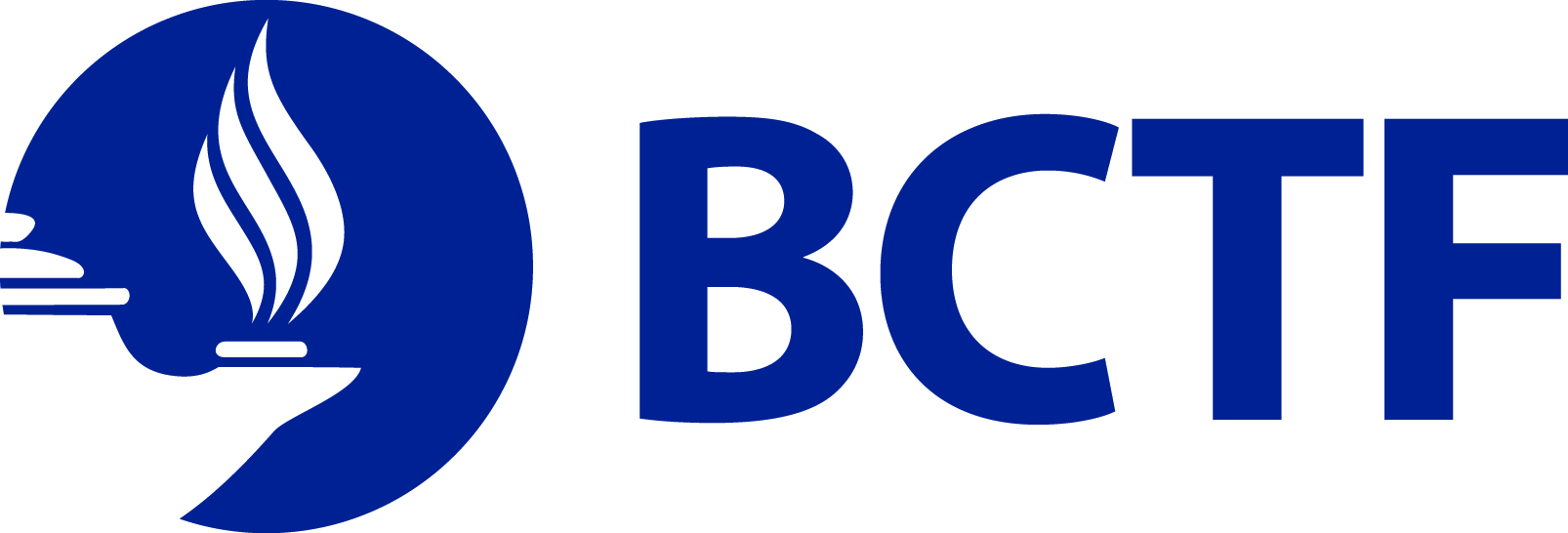Teaching Assistants’ Role in Classrooms to Support Students with Special Education Needs
Presentation by: Juliane Dmyterko
Session F | 11:50 – 12:10 | Room 203
Abstract:
Current trends in Canada reflect increases in the utilization of Teachers’ Assistants (TAs) in elementary and secondary schools to support students with special educational needs (SEN). In the coming years, Service Canada predicts an increase in TAs, in line with a rise of students with SEN. Due to these increases of in TAs in schools, teachers are more likely to encounter and work with TAs in their own classrooms. As such, it is important that teachers have the best possible understanding of the TA role and how to work most effectively with TAs. In British Columbia (B.C.), the role of TAs isn’t clearly defined; TAs’ roles are flexible and can vary greatly between different schools and classrooms depending on student needs, classroom demands, and expectations. Seemingly, the purpose of TAs is to provide support for students with SEN thereby increasing their academic achievement and social inclusion. Research in the United Kingdom has found that TA support is not always fulfilling this purpose; instead, increased TA support can lead to lower academic achievement and social exclusion for these students. Studies in the United Kingdom and the United States have identified lack of training, insufficient collaboration with teachers, undefined role, and low self-efficacy as contributing to ineffective TA support. These researchers have suggested that changes are needed in how TAs are deployed in schools, their level of training and guidance, and their general practice. In this roundtable presentation the following questions will be explored: What are the various roles that TAs have in classrooms in B.C. and how are TAs being used? What factors influence how effective a TA is? What can teachers do to ensure that TAs are most effective in their classrooms?

